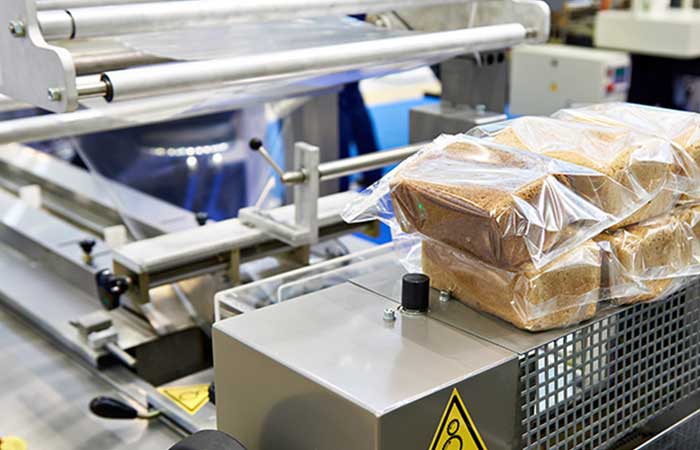Optimizing Spinach Flow: A Guide to Efficient Packaging Lines
Optimizing Spinach Flow: A Guide to Efficient Packaging Lines
Spinach packaging lines are essential to ensure the freshness and quality of the produce is maintained from farm to table. Streamlining the flow of spinach through the packaging process is crucial for efficiency and reducing waste. In this blog post, we will explore strategies to optimize spinach flow in packaging lines to improve productivity and minimize costs.
The Importance of Efficient Spinach Packaging
Spinach is a delicate leafy green that requires careful handling to prevent damage and extend shelf life. Efficient packaging lines help maintain the quality and safety of the product while also reducing processing time. By optimizing the flow of spinach through the packaging line, producers can achieve better results and meet consumer demands effectively.
Strategies for Optimizing Spinach Flow
1. Designing a Layout for Smooth Flow
The layout of the packaging line plays a significant role in ensuring a smooth flow of spinach. By arranging equipment and workstations strategically, producers can minimize congestion and bottlenecks, allowing for a continuous and efficient process.
2. Implementing Automation and Technology
Automation and technology can streamline the packaging process by reducing manual labor and human error. Incorporating sensors, sorting systems, and automated packaging machinery can enhance productivity and accuracy in handling spinach.
3. Quality Control Measures
Implementing rigorous quality control measures at various stages of the packaging line can help identify issues early and prevent contamination or spoilage. Regular inspections, testing, and monitoring are essential to ensure the spinach meets safety standards.
Best Practices for Spinach Packaging Lines
1. Proper Packaging Materials
Choosing the right packaging materials is critical for preserving the freshness and quality of spinach. Packaging materials should be moisture-resistant, breathable, and food-safe to ensure the product remains in good condition during storage and transportation.
2. Training Staff on Handling Procedures
Proper training of staff on handling procedures and protocols is essential for maintaining hygiene and preventing damage to the spinach. Educating employees on best practices for packaging and labeling can improve overall efficiency and consistency in product quality.
3. Continuous Improvement and Adaptation
Continuous monitoring of the packaging line performance and making adjustments as needed is crucial for optimizing spinach flow. Producers should be open to feedback, conduct regular evaluations, and make improvements to enhance productivity and customer satisfaction.
Conclusion
In conclusion, optimizing spinach flow in packaging lines is essential for maintaining quality, reducing waste, and improving efficiency. By implementing strategic measures, such as layout design, automation, quality control, and best practices, producers can enhance their processes and meet consumer demands effectively. Investing in optimizing spinach flow not only benefits the producers but also ensures consumers receive fresh and high-quality spinach products.
-
01
Automatic Tray Loading and Packaging Equipment: Boost Efficiency to 160 Bags/Minute
21-11-2025 -
02
Automatic Soap Packaging Machine: Boost Productivity with 99% Qualification Rate
21-11-2025 -
03
A Deep Dive into Automatic Toast Processing and Packaging System
18-11-2025 -
04
The Future of Bakery Production: Automated Toast Processing and Packaging System
18-11-2025 -
05
Reliable Food Packaging Solutions with China Bread, Candy, and Biscuit Machines
11-10-2025 -
06
High-Performance Automated Food Packaging Equipment for Modern Production
11-10-2025 -
07
Reliable Pillow Packing Machines for Efficient Packaging Operations
11-10-2025 -
08
Advanced Fully Automatic Packaging Solutions for Efficient Production
11-10-2025 -
09
Efficient Automatic Food Packaging Solutions for Modern Production
11-10-2025 -
10
Advanced Automatic Packaging Equipment for Efficient Production
11-10-2025
















